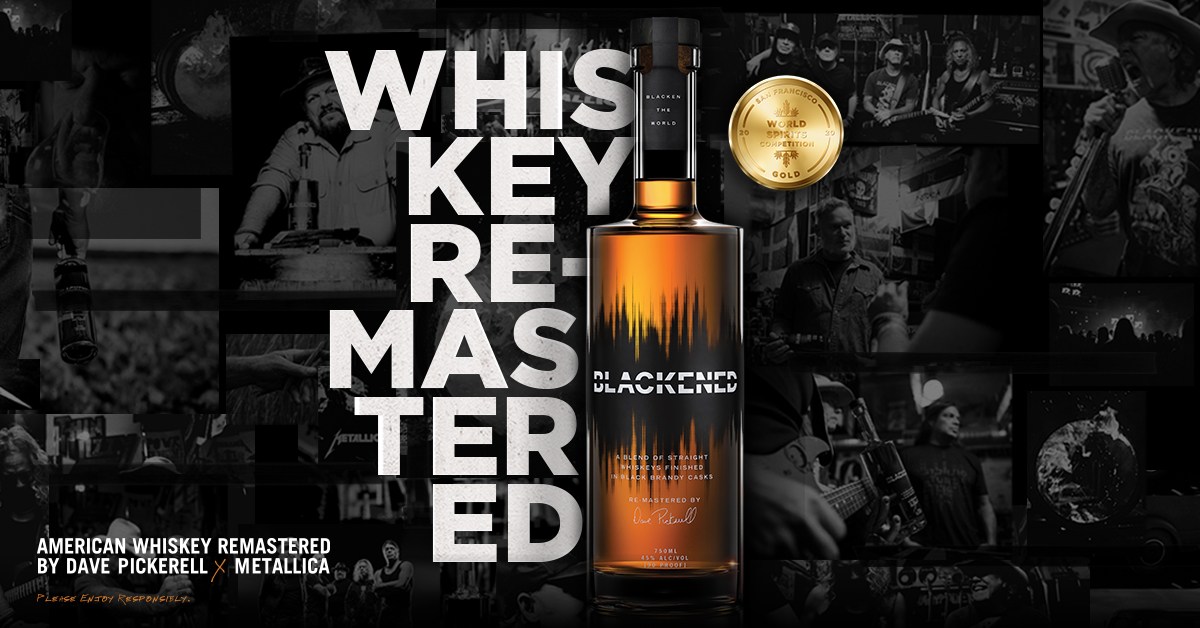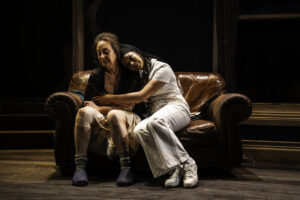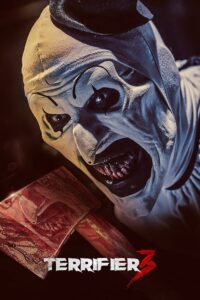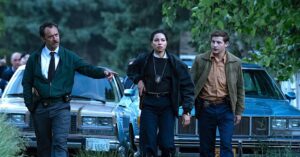Following 14 Oscar nominations, cinematographer Roger Deakins won the Academy Award for Best Cinematography on Sunday Night for the film Blade Runner 2049. We thought we’d celebrate his win and pay respect to the man’s expertise with a Top 5 countdown of some of the Oscar winning film’s remarkable images that are sure to endure in the years to come.

5. Putting Big Back onto the Big Screen
There are some great close-up shots in the sequel to the iconic Blade Runner, not least of which is the focus on the human eye. Yet Deakins makes this world epic, we are taking to many strange and different places whether it’s a junkyard, a protein farm, a sterile police station or a radioactive sand storm like Las Vegas. Part of how we get to drink in these worlds is the establishing shots that take in these locations before zeroing in on the action. The Los Angeles skyline remains a bleak sombre grey vision of everlasting rain punctuated by bright artificial LEDs advertising some lie of a fantasy or another. It must be a despairing overpopulated depressing place to live and thanks to Deakins and the rest of the crew we want to go there immediately. It looks so awesome.

4. Elvis and His Go-Go Girls as Deckard and K Go At It
Unarmed and trapped in a casino, K (Ryan Gosling) hides in the entertainment area attempting to get the drop on Deckard (Harrison Ford). Fortunately for him the malfunctioning age old hologram Elvis Presley performing may just distract the former Blade Runner long enough with an unexpected burst of sound and light. It’s true a lot of effects work went into blending shots of this scene with and sans Elvis and his team. Deakins placement of cameras and lights under each iteration is only part of how everything was achieved but he’s on point throughout. As spectacular as the effect was it is also the kind of job where if you do it perfectly, nobody notices how hard it was to do or how good it is. So bravo to the team again. It looks awesome too.

3. The Warm Sunshine of a Pathological Sociopath
Blade Runner 2049 is a world of muted greys and sterile whites where outside is always overcast. So what is an all-powerful business titan with a God complex to do but make sure his building’s interior is awash in warm sunlight all artificially created of course. The place where Niander Wallace (Jared Leto) interrogates Deckard is an island surrounded by an indoor water feature. The water reflects off the walls and ceilings. The kind of imagery and lighting we ascribe to tranquil reflection and peaceful alone time. It seems appropriate then that Leto too speaks in warm and smooth tones never caring to raise his voice when making threats. Yet this is where violent acts are done to female bodies that are shown no worth by their creator. It’s interesting to note a similar colour scheme is present in Vegas but that comes from radioactive activity and has mysterious fog like quality that doesn’t allude to peace but the possibility of danger. Vegas it turns out is where the good guy is. The lighting Wallace’s room serves as a contradiction of peaceful implications and violent realities as well Wallace’s desire to create something artificial that is no longer real. This latter point feeds into the film’s themes of what makes something real? It looks awesome too.

2. The Dying of the Light
You may not have noticed the first time around but Roger Deakins lit the final fight with only lighting that would come from the two vehicles. This gives it a ghost like quality as the lights of Deckard’s crashed vehicle fade off in the distance wracked by the terrible storm. A lighthouse calling K to action against Luv (Sylvia Hoeks). The interior light of the car shines bright and as characters move close to death they are also closest to the white light. Metaphors aside, it looks awesome too.

1. A New Type of Threesome
A lot of credit has to go the effects team for this one and it seems right that the only other Oscar the film received in addition to Best Cinematography was Best Special Visual Effects. The joining of hologram Joi (Ana de Armas) over prostitute Mariette (Mackenzie Davis) to create a new type of threesome shows us something new in film made only possible by state of the art special effects, real performance and first rate cinematography. Story wise it’s important because it shows two characters reaching for a real connection that will solidify their bond but also the limitations of how much that can really transpire.
Well that’s our Top 5 Images from Blade Runner 2049 but let us know in the comments below what your Top 5 looks from the film are? Maybe what is favourite work from Roger Deakins as a cinematographer? Skyfall, Sicario, No Country For Old Men, The Shawshank Redemption, Barton Fink, Sid & Nancy, Jarhead? Feel free to discuss in the comments below.







